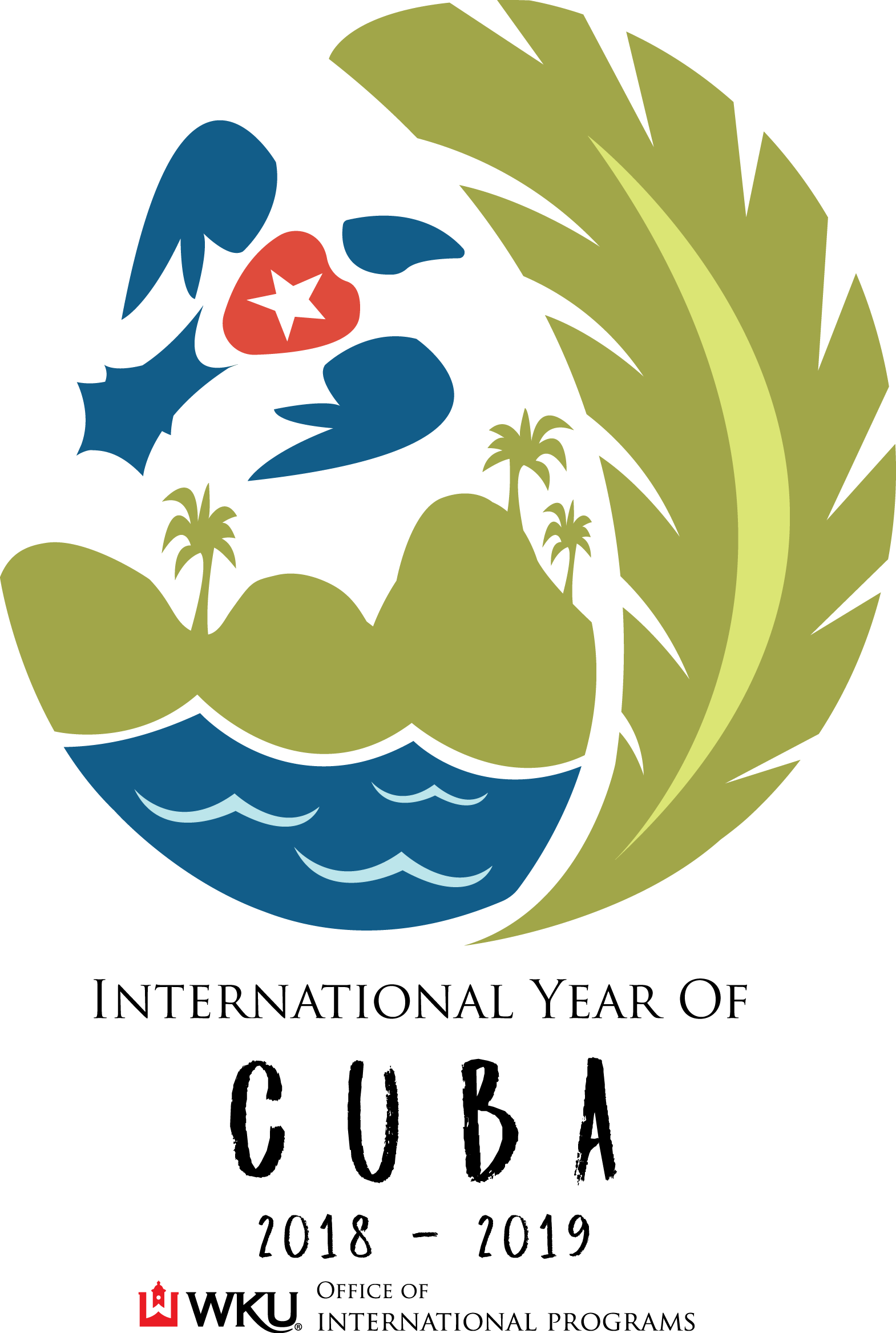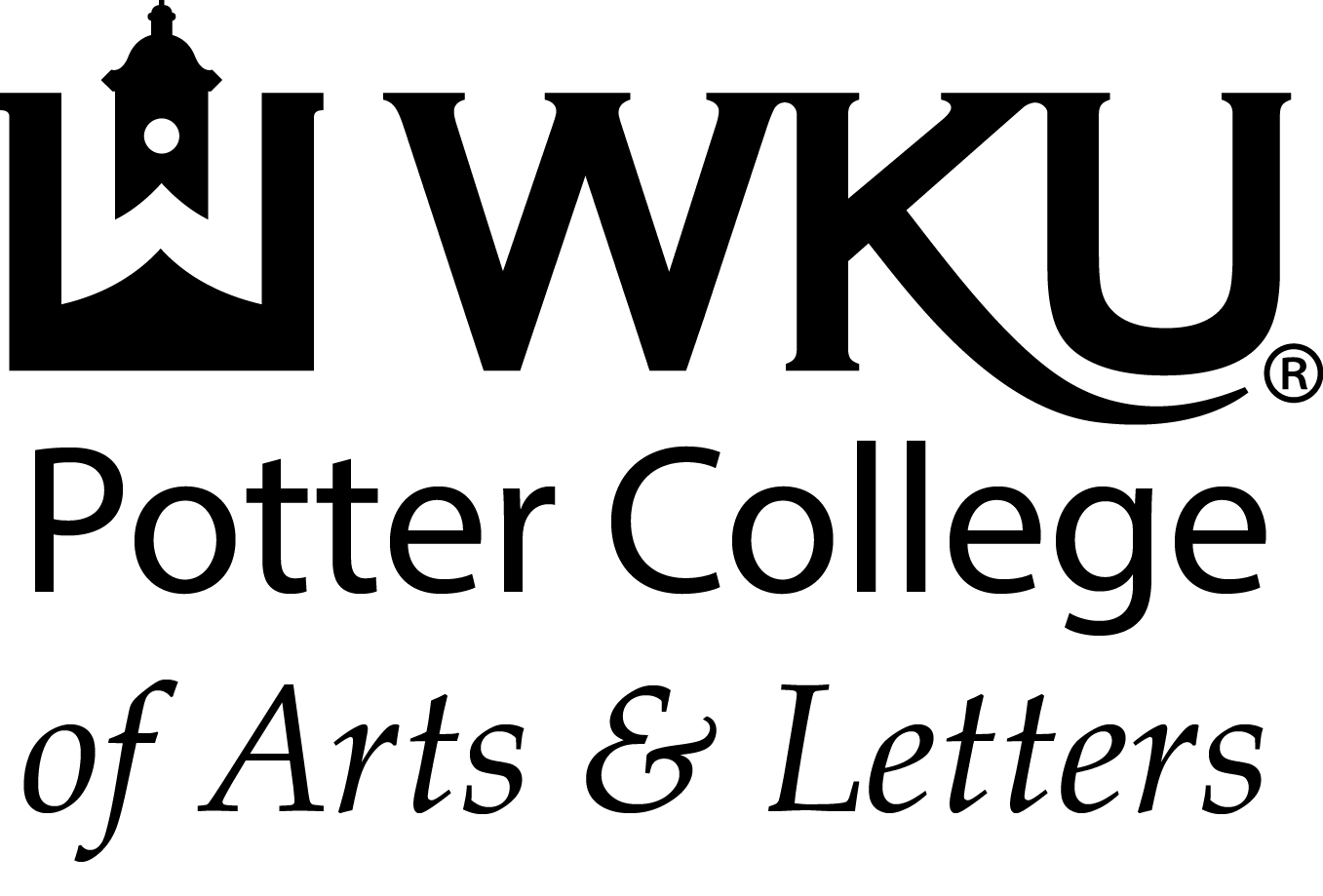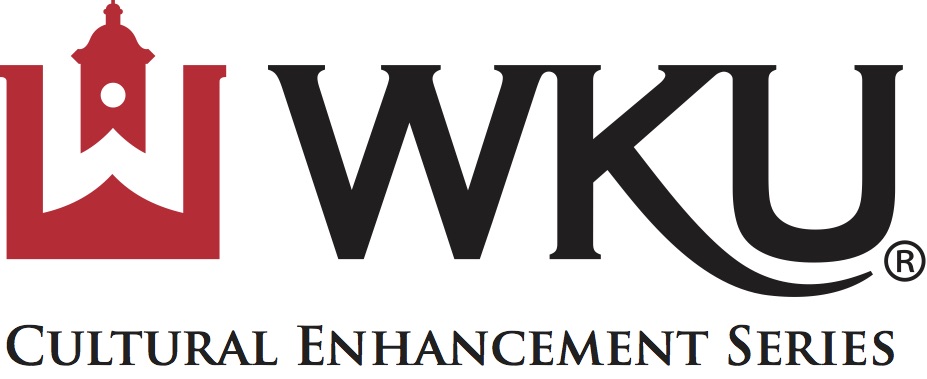Sponsors
Financial assistance for this project has been provided by:
For more information about this exhibit, please contact Director of the Kentucky Museum, Brent Bjorkman.
Arte Cubano
March 9 - May 28, 2019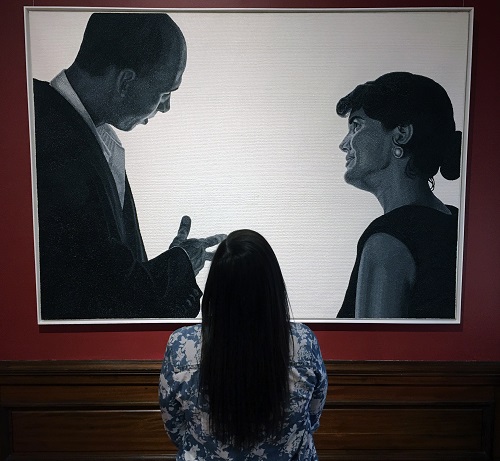
Arte Cubano highlights a universally agreed-upon characteristic of the island’s art: an incredible diversity. Cuban art is so rich in large part because of its diverse cultural blend of African, European, and Latin/Caribbean influences. Add to these traditional roots the revolution of 1959, and Cuban art occupies a unique aesthetic place in the contemporary art world.
Building on changing relationships between the governments of the United States and
Cuba, this timely exhibition reflects two dozen Cuban artists’ ruminations on the
quotidian, social, and political realities of the island and the contemporary world.
The island geography and political intensity of Cuba inform the work in a way that
is immediately identifiable, often concealing coded, even subversive, ideas while
simultaneously celebrating the richness of Cuba’s cultural identity. Peeling away
the layers of Cuban art often reveals a story of struggle caused by economic and political
consequences, and the social upheaval that a true revolution
produces.
The exhibition’s artists include Lidzie Alvisa, José Bedia, Los Carpinteros, Yoan Capote, Enrique Celaya, Roberto Fabelo, Diana Fonseca, Pedro Pablo Oliva, Kcho, Sandra Ramos, Esterio Segura, and more. Spanning several generations, these contemporary Cuban artists come from an unusual place: a country often isolated because of its socialist revolution. All of the artists in this collection grew up in socialist Cuba, and many graduated from the prestigious Instituto Superior de Arte—built at the beginning of the revolution, Havana’s equally excellent San Alejandro Art Academy, or the Escuela Nacional de Arte. Others graduated from local art schools. Despite their disparate backgrounds, aesthetic sensibilities, subject matter, materials, and styles, there is something uniquely Cuban about the art in this collection.
The intensity and depth of meaning, with the specific physical and political context, make Cuban art immediately identifiable and powerful, and an important voice in the art world today. Most of all, the art is connected to Cuba itself. Both the island and the art are an unusual mix of the traditional and the modern, of the ordinary and the special, of simplicity and incredible complexity. The same can be said for the politics, the literature, the architecture, and the people. It confounds and entrances, it is rejecting and embracing.
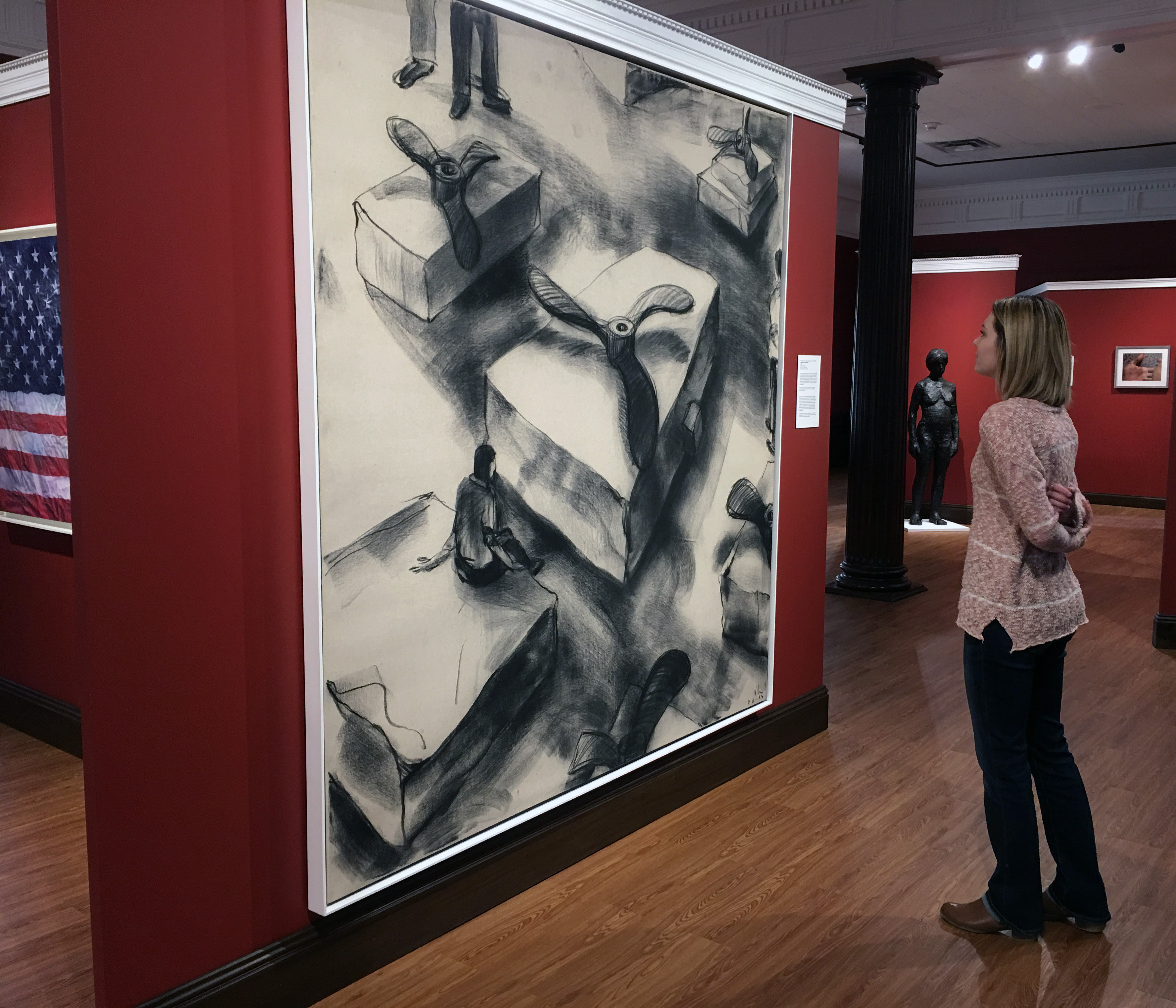
Topics covered in this exhibition:
- Art and revolution; art and social discourse; art as propaganda.
- The arts, censorship, and freedom of expression.
- The role of art in economic development and tourism.
- The government's role in arts education.
- National identity as part of artistic expression.
- Migration, immigration, exile, and diaspora.
Additional Resources
"Views on Cuba," PBS American Experience site.
Cuban Profile - Timeline by BBC News, from 1492 to the present.
Exhibition Provided By
Mid-America Arts Allliance co-organized Arte Cubano with the Center for Cuban Studies (NYC) to synthesize two extraordinary private collections generously made available for the project. This exhibition could not have been made possible without their collecting vision and loan generosity. The Center for Cuban Studies opened in 1972 and was organized by a group of scholars, writers, artists, and other professionals, in response to the effects of US policy toward Cuba.
![]()


Some of the links on this page may require additional software to view.


